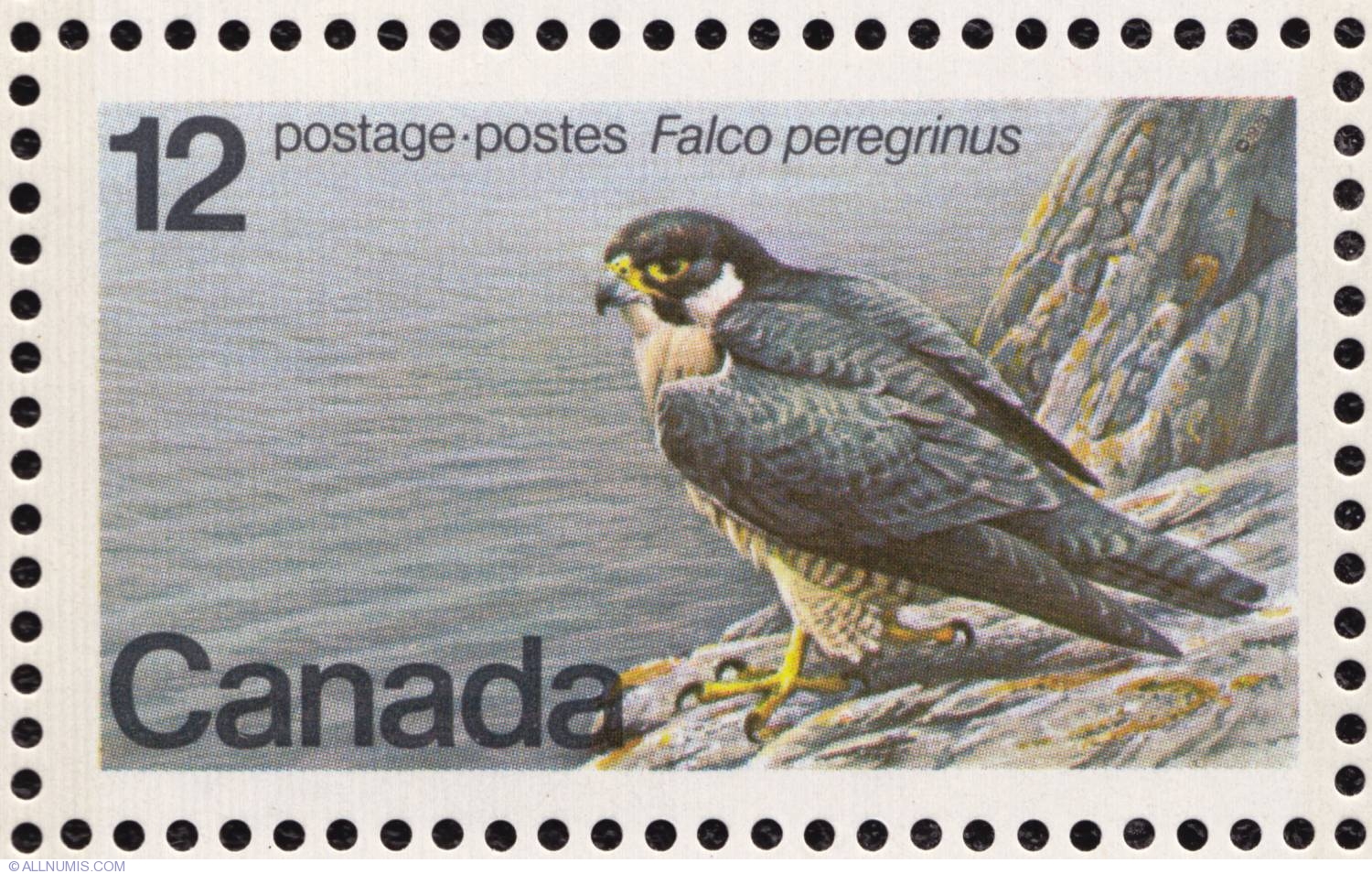The peregrine falcon (Falco peregrinus) is one of nature's most awe-inspiring predators. Once an isolated cliff-dwelling hunter, these birds are now a high-flying slice of the natural world visible right outside our condos and skyscrapers. But 50 years ago, Canadian peregrine falcons were on the ropes. Once-common, their numbers had plummeted as a result of widespread DDT use. In the span of 10 years, it disappeared entirely from Ontario. It only began to creep back, bird by bird, in 1990. Mark Nash, co-founder and executive director of the Canadian Peregrine Falcon Federation, says pigeons, sparrows, grackles, chickadees, and other urban residents comprise a readily available food source that's bolstered the falcons' numbers. The falcons' recovery hinged on the disuse of DDT. Now, there is a new chemical threat. Nicotine-based pesticides, termed neonicotinoids, are worrying avian biologists. They've been used in Ontario since the mid-1990s, and have already been linked to drastic declines in insect populations. As strict connoisseurs of small birds, peregrines depend on insect populations to sustain their prey. When the insect eating birds are starved out, the rest of the ecosystem follows.
Source: Rabble.ca, 7 April 2016
http://rabble.ca/blogs/bloggers/jenhalsall/2016/04/secret-to-revival-fa…

- Login om te reageren
